#Angelica Mesiti
Text
Outside the Frame: Art and the Moving Image is a guide to creativity, the artworks, and the institutional armature that underpins the moving image.
Featuring artworks by Lynette Wallworth, Warwick Thornton, Shaun Gladwell, Daniel Crooks, Angelica Mesiti, David Rosetzky, Hossein Valamanesh, Trent Parke and Narelle Autio, Molly Reynolds and Rolf de Heer, Soda Jerk, Zanny Begg, Amos Gebhardt, John Harvey, Jason Phu, Gabriella Hirst, Madison Bycroft, Reko Rennie, and Amrita Hepi; new contextual essays by Kate Warren and Lauren Carroll Harris; a conversation between Anna Zagala, Amos Gebhardt and Jason Phu; and new and republished historical texts by Catherine Wilson, Anna Zagala, Sarah Tutton, Erica Green, Ulanda Blair, Emma McCrae, Fiona Trigg, Hamid Severi, Gideon Haigh, Robert McFarlane, Jessie Scott, Isobel Parker Philip, Adolfo Aranjuez, Jenna Rain Warwick, Chelsey O’Brien, Shelley McSpedden, Kathryn Weir, McKenzie Wark, and Kate ten Buuren.
0 notes
Text



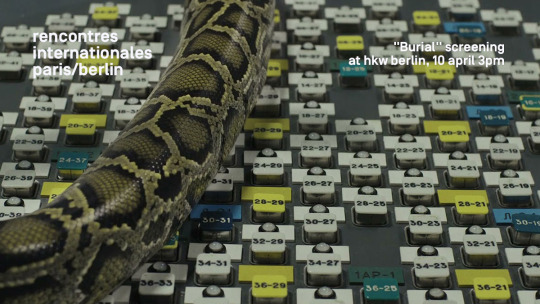


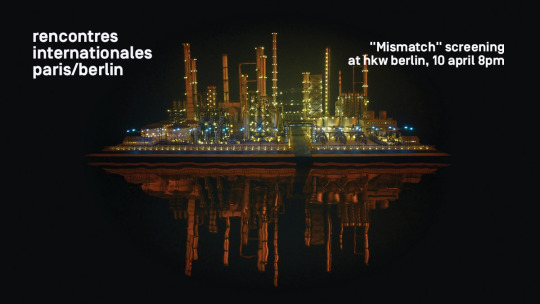
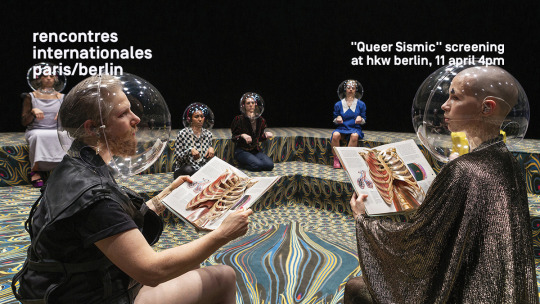

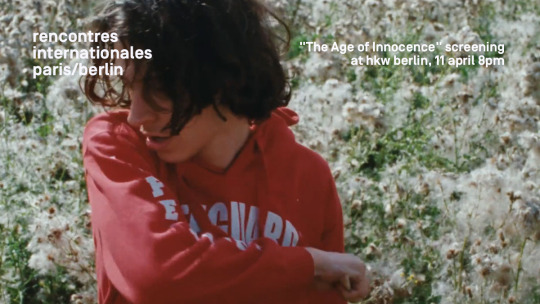
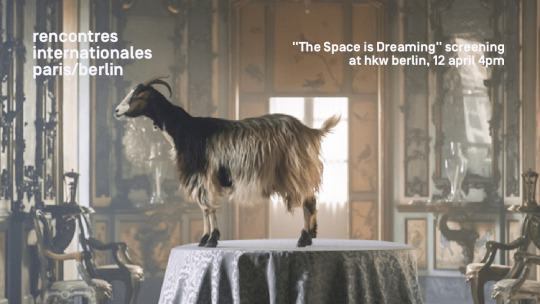








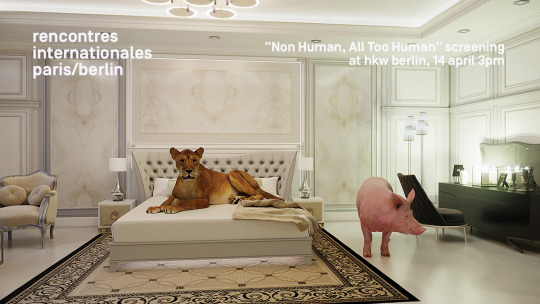


💥Screenings🌱
Add your favourite sessions to your schedule!
This year again, the screening programme is with free admission for all. It offers 21 thematic sessions gathering a unique selection of works, exploring contemporary audiovisual practices and their critical approaches. Among the highlights are new or recent works by Peggy Ahwesh and Jacqueline Goss (USA), Monira Al Qadiri (Kuwait), Sandro Aguilar (Portugal), Jonathas de Andrade (Brazil), Egle Budvytyte (Lithuania), Esther Bots (Netherlands), Jasmina Cibic (Slovenia), Iván Argote (Colombia, France), Céline Condorelli and Ben Rivers (United Kingdom), Eli Cortiñas (Spain), Stéphane Dégoutin and Gwenola Wagon (France), Elisa Giardina Papa (Italy), Jane Jin Kaisen (Denmark, South Korea), François Knoetze, Russel Hlongwane and Amy Louise Wilson (South Africa), Angelica Mesiti (Australia), Bill Morrison (USA), Lubanzadyo Mpemba (Angola), Natacha Nisic (France), Mario Pfeifer (Germany), Sattar Reetu (Bangladesh), Riar Rizaldi (Indonesia), Lina Siib (Estonia), Isabell Spengler (Germany), Wendelien van Oldenborgh (Netherlands) and many others.
📍Venue: Berlin, Haus der Kulturen der Welt
🕘Time: from 9 to 14 April 2024
⚡️Detailed programme https://art-action.org/prog
0 notes
Text
Exhibition: Still Life, Buxton Contemporary

Malcolm Howie, watercolour on paper. Collection of The University of Melbourne Herbarium, School of BioSciences, The University of Melbourne.
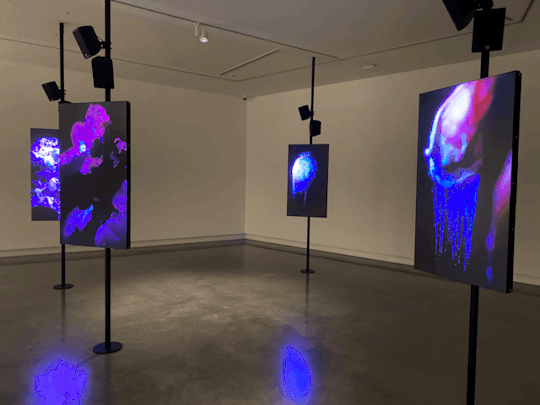
Angelica Mesiti, Over the Air and Underground 2020 five-channel HD video, 10-channel sound 9 min continuous loop.

The University of Melbourne Herbarium Collection, School of BioSciences.
The theme of this exhibition combines imagination and scientific observation of natural society to guide the viewer into a symbolic world. The complexity and symbiotic relationship of life in nature is explored.
The exhibition moves one through the world of the observable and the world of the imagination. The historical collection represents old art media and anthropocentric contexts. Specimen paintings and models of plants were created for human study of the natural world. In the new works, Mesiti uses contemporary media such as photographic images and sound to create multi-sensory interactions. This video work is a contemporary expression of the 17th century 'Vanitas' painting as a reflection on the transience of life and the symbolism of death. The spectrum of ultraviolet light in the work expresses the way in which flowers and bees communicate in the real world. The sound in the work is the audio of the trees communicating. The video loops just like the cycle of life.
There are so many mediums to look at in this work, and a different interpretation of the concept of death that I had not thought of before. The exhibition's comparison of historical collections and contemporary works makes one think about the sustainability of natural societies and de-anthropocentrism.
1 note
·
View note
Text
Office Hours with Shannon
maybe don't try to get the audio on the day you shoot? Will be too much to manage alone and most likely too windy anyways. Can always go back and record again later. Make sure to clap before you start shooting each clip so then you can match them up later in post.
feedback on info sheet: give less information to the performer.
look at the way Spong's sequences are constructed. What are the angles, what is the body doing in relation to the ground etc.
always shoot twice. Preferably on two different days.
have a shot list. Who's doing what?
repetition
Angelica Mesiti
Aimee Segil
Martine Symes
if you see something good, get more of it, draw it out, even if it feels arduous, it may not look that way in post.
paint the screen grey/black. Work with the test space. The directional test spaces. Encourage focus and immersion.
break between the loop of the footage of like 15 seconds or something.
where's the sound coming from?
setting parameters are good
0 notes
Photo

Busan Biennale 2020
#Amalie Smith#Angelica Mesiti#Araya Rasdjarmrearnsook#Astrid Sonne#Aziz Hazara#Bae Jimin#Bae Suah#Bak Solmay#Barbara Kasten#Barthélémy Toguo#Bianco Bondi#Busan#Busan Biennale 2020#Camille Henrot#Carey Young#Charles Lim Yi Yong#Choi Taehyun#CO/EX#Daiga Grantina#Dave Hullfish Bailey#食品まつり a.k.a FOODMAN#Elias Bender Rønnenfelt#Emeka Ogboh#Erkan Özgen#Exhibitions#Francesc Ruiz#Gerard Byrne#Gerry Bibby#Group Show#Han Mook
70 notes
·
View notes
Photo

#graphic design#australian#australia#formist studio#graphic#poster#Angelica Mesiti#venice biennale#depth#minimal#spatial
2 notes
·
View notes
Photo

Angelica Mesiti
12 notes
·
View notes
Photo

”Appel à tous. Ceci est notre dernier cri avant notre silence éternel.”
”Calling all. This is our last cry before our eternal silence.”
The last ever transmission of Morse Code, by the French Navy on 31 January 1997.
Artist: Angelica Mesiti
#Morse#French#Morse Code#Last#Message#Art#Modern Art#Palais de Tokyo#Army#French Army#Angelica Mesiti#Paris#Minimalist#minimalism
1 note
·
View note
Photo
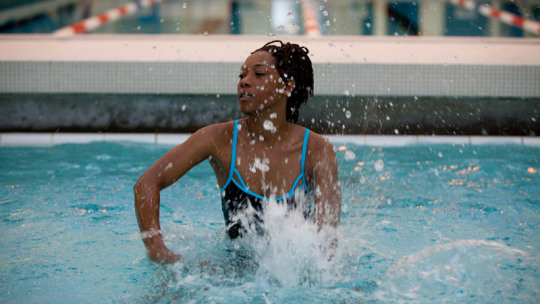
Angelica Mesiti
Citizens Band
2012
Four channel video installation.
Photo: Loïs Geraldine Zongo practicing akutuk (traditional percussion technique from Cameroon) in a Parisian municipal pool.
0 notes
Photo
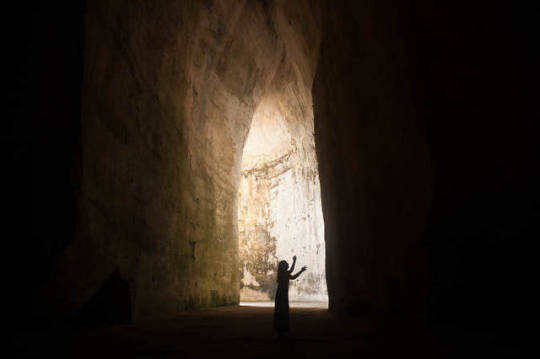
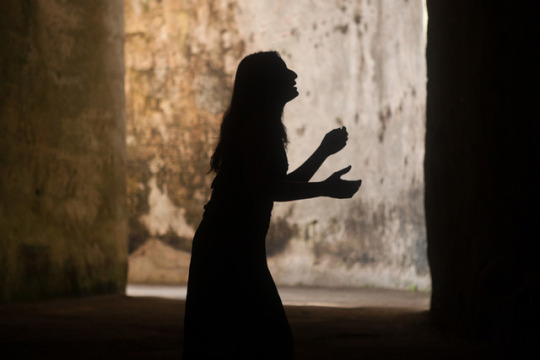
Angelica Mesiti, “In the Ear of the Tyrant” (still), 2014
http://www.angelicamesiti.com/
79 notes
·
View notes
Text
Arnolfini, Bristol 18.01.20
Exhibition ‘Assembly’ by Angelica Mesiti

This exhibition consisted of a dark corridor, leading to a vast amphitheatre lit by 3 screen video installations. There was an instant sense of togetherness as i walked in, everyone was sat on the floor looking up and watching the installation, strangers sat close together in order to get a clear view of all three screens- it was a really interesting thing to walk in on after walking around in Bristol where strangers wouldn’t dare make eye contact in the streets. I sat there for a long while and watched the screens click on and off to change the frames. It began with a piano keyboard, which translated musical chords into words which came up on a very early 2000s computer screen, spelling out a poem. There wasn’t any music, just the clicking of keys. I later found out that this piano keyboard was modelled on the 19th century ‘Michela’ machine, utilised in the Italian senate for official parliamentary reporting to ensure to report verbal information and aid transparency. I’ve found a video showing the installation in more detail, words can’t really do it justice; https://www.youtube.com/watch?v=Hg7dodUsrGc
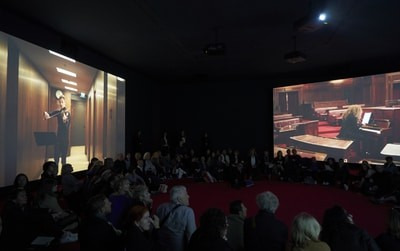
I didn’t read anything about the artist or this installation prior to visiting it, mainly because I didn’t want any preconceived opinions to influence my own experience. But sitting down now, and reading about how the installation and images shown are a series of arguments around modern communication being difficult and that clarification is an ongoing battle. Mesiti is trying to prove that society is never fixed- that harmony and balance is never guaranteed and is hard-fought by activism and assemblies. In other words, the act of communal gathering as a means of making those with authority realise the power of people as a collective. And then it made me realise that us as viewers of the installation, are actually part of this idea. We are a collective, an assembly, sat together watching the three screens. It’s just a very interesting concept, and explored in a very alternative manner; sensory visualisation, movement, music and immersion. I would love to go back and see this installation again, and see whether my experience has changed now that I understand the motives.
“At a time when the inhabitants of this planet are more mobile than ever before, non-verbal forms of creativity can facilitate profound interactions between strangers. This is the beating heart of Angelica Mesiti’s work. With great sensitivity, she has portrayed the talent and individuality of various members of migrant and refugee communities via performances of rare beauty.” – Jennifer Higgie for Frieze.
“Through both the metaphor of translation and the act itself, I am exploring the very human and increasingly urgent need we have to assemble in a physical way, in a physical space, in these complex times,” – Angelica Mesiti
1 note
·
View note
Text
Venice Biennale will house cinematic ode to solidarity by Sydney-born <b>artist</b> Angelica Mesiti
Mesiti said the three channel video and installation piece was inspired by a machine: the Michela machine, ... She is one of Australia's foremost contemporary artists, with an internationally renowned practice that combines video with ...
1 note
·
View note
Photo

Angelica Mesiti // Silent Polyphony
2 notes
·
View notes
Photo




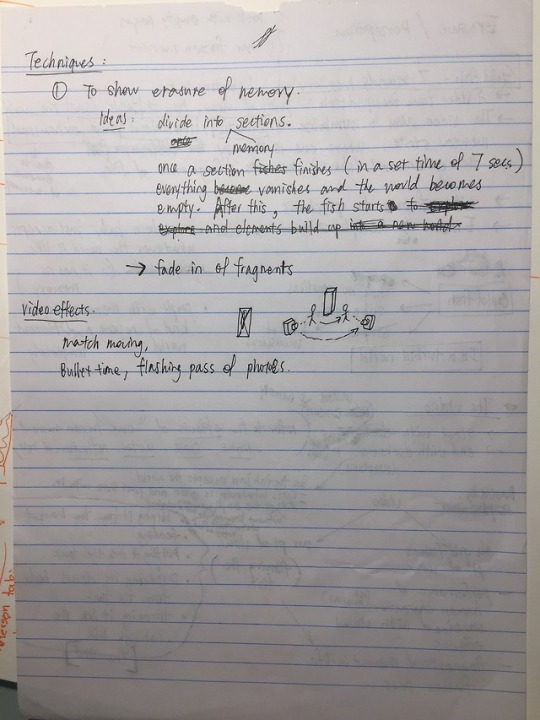
ADAD ASSESSMENT 2
Process ~ Brainstorming
The initial stage of this group task involved each of us thinking individually about a few works from within the weekly material to interact with, within the limitation of a chosen few concepts. The concepts that we found most interesting and chose to explore further were Erasure, Perception and Repetition; each of these featured a few works that drew our attention. One of the barriers we faced was trying to formulate a cohesive response to just one of those works within a single concept (functioning as a whole group). In order to overcome this block, we took some time to separately think on and construct responses to a few different works. We then came together and spent some time going through our various ideas to try and combine/incorporate them into one unified work. During this collaborative discussion we realised that everyone was similarly stuck on Angelica Mesiti’s soundless video piece Rapture (silent anthem) (2009), as well as the concept of Erasure as applied to the experience of time and memory.
WORKS EXPLORED:
32 Volumes (2006) - Simryn Gill. This work provided an initial framework for exploring the concept of perception, alongside erasure. Nicole’s response to this work provided the foundational idea to reference a goldfish, and the (stretched, but still curious) notion of having a 7-second resetting memory.
Rapture (silent anthem) (2009) - Angelica Mesiti. The use of film as a medium for this piece really pushed our idea closer towards the final work we have developed now. By erasing the auditory aspect of the original video, Mesiti created a completely different experience of/response to a particular event, an idea that we wanted to explore through our work. Not only does she erase one whole sensory experience, she also used specific framing to create ambiguity (and in doing so, erased any other potential image/frame seen in the video). These two aspects of Rapture are also combined with a manipulation of time to ultimately show how significance and spirituality can be present in many contexts.
~ We ended up combining our collective responses to both works, taking aspects of each in order to create our final piece.
Breakdown of ideas:
Sensory deprivation/manipulation to create a unique experience for each viewer: ultimately we decided that this was somewhat unnecessary in the context of our final idea, however we did still want to respond to Mesiti’s work by messing around with visuals (mainly in framing and some camera effects) and audio.
Portrayal of mundane activities through the lens of a “goldfish’s perception”: how can memory be affected, and what effect would the erasure of certain memories have on us as humans? How can seeing life through a slightly altered perception change our interaction with things/people/our environment?
Total immersion: in contrast to Rapture, we wanted to create a full experience by using using multiple channels of video to surround the audience. This removed one aspect of the erasure of context (originally achieved through framing/not revealing aspects of the environment), but by using a fish-eye lens to film we still leave the surroundings somewhat indefinite and ambiguous.
The idea of time and how we experience it vs. how someone/something experiencing constant erasure of the past might experience it runs through our final idea. Through adding some audio cues we hope to provide some structure for time, however, the editing of the final videos will be somewhat non-linear and non-progressive- subverting any definite conception of time throughout.
7 notes
·
View notes
